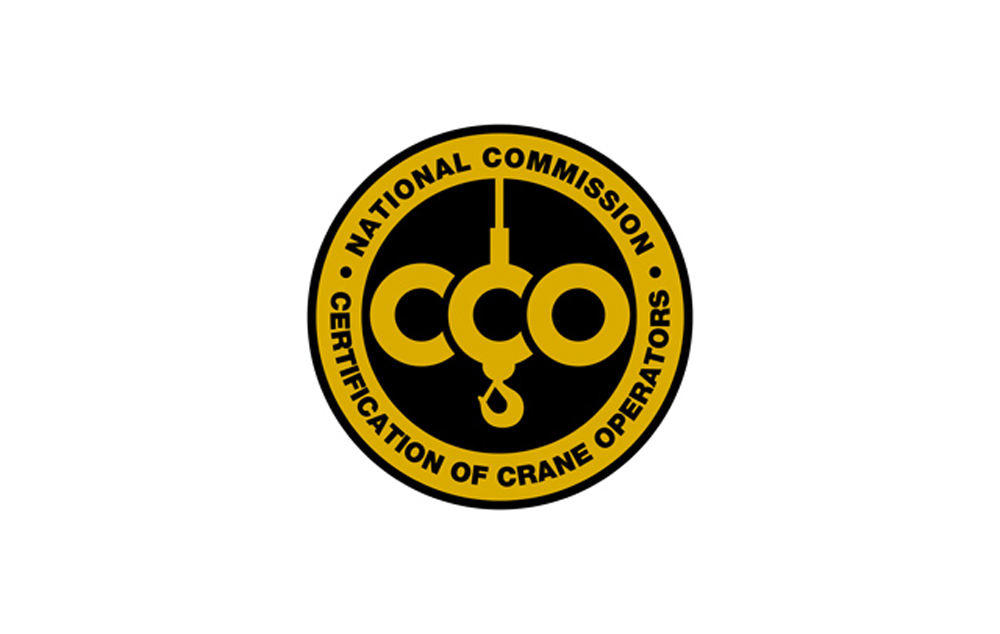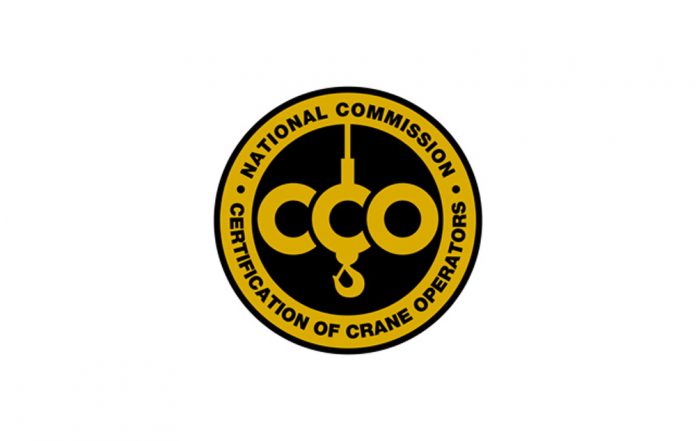The Occupational Safety and Health Administration (OSHA) has released a new compliance directive, CPL 02-01-063 for cranes and derricks. This directive replaces the 2014 compliance directive CPL 02-01-057 and addresses the changes in the crane rule that OSHA made in 2018. The new compliance directive only revises the existing section on operator training, certification, and evaluation and leaves the other sections of the 2014 directive unchanged.
The focus areas of the compliance directive are:
- When to initiate an inspection into an operator’s training, certification, and evaluation
- How to approach an inspection involving multi-purpose equipment and multi-employer worksites
- How to determine whether the operator has received training that meets the requirements of the standard
- What steps to take when inspecting the certification/license of an operator
- How to address certification concerns such as fraudulent certifications or testing organizations not meeting requirements
- When an employer would need to conduct additional evaluations for an operator
While compliance directives provide OSHA enforcement personnel with guidance on conducting inspections and policy on citing violations of the standard, the guidance and explanation can be helpful for employers. At the NCCCO Foundation Industry Forum held in November 2021, OSHA provided the top 10 citations for cranes in construction for 2020-2021. Of these, three are related to the certification/qualification process for personnel.
 The 2018 crane rule from OSHA provided a framework for establishing operator competency for the construction industry. The operator must be: Trained + Certified/Licensed + Evaluated = Qualified.
The 2018 crane rule from OSHA provided a framework for establishing operator competency for the construction industry. The operator must be: Trained + Certified/Licensed + Evaluated = Qualified.
In the compliance directive OSHA states that there is no particular order in which an employer must comply with the training, certification, and evaluation elements and further reiterates that should an operator not meet all 3 criteria, they are considered to be an “operator-in-training.”
Operator-In-Training
Operator-in-training allows the operator to continue operating cranes when they are not yet certified/licensed or evaluated as required, but in such cases the operation must be under supervision of a trainer. OSHA expects there to be a continuous cycle of training, certification, and evaluation. As operators switch types of cranes, they may assume an operating-in-training status pending the applicable new certification. As changes in equipment and operating activities require different or higher levels of crane operating knowledge, skills, and abilities, employers will need to ensure that the operator has been trained and evaluated in these areas.
While the standard does not require employers to create and maintain training records, Compliance Officers are directed to ask for training records, program materials, and interview the employer and employees to determine what training was provided.
Employers should determine if the operator has been sufficiently trained by a prior employer or other means, such as a labor union, and is familiar with the crane(s) and its operations. OSHA recognizes that not all operators-in-training will be inexperienced operators or unfamiliar with the crane(s) and doesn’t require additional training by each employer if the requirement has already been met.
Lastly, OSHA points out that employers have a continuing duty to monitor the performance of their operators to determine whether retraining is necessary. Compliance officers are encouraged to conduct interviews to determine what steps the employer has taken to identify concerns about the operator’s ability to safely operate the crane and perform assigned tasks and what steps the employer has taken when such concerns have been identified.
Operator Certification/License
Once a determination is made that the equipment operated is within the scope of the rule (see 1926.1400) and that none of the exceptions of 1926.1427(a) apply, there are essentially four key questions on the flow-chart provided by OSHA in the directive:
- Is the operator certified/licensed?
- Was the certification/license issued by an accredited testing organization, an audited employer program, or compliant state or local government licensing program?
- Is the certification/license within the expiration period established by the issuing entity and has not exceeded 5 years since it was issued?
- Is the type of crane operated the same as, or similar to, that specified by the certification/license?
Verification of the status of a certification body, such as CCO, has been made much easier by the NCCCO Foundation which has published a “Who’s Accredited?” Directory that is kept up to date.
With regard to the operator’s certification details which must be available to OSHA upon request (hard copy or electronic), CCO recommends that entities utilize the Verify CCO Online (VCO) system to access CCO’s database for the most current information on certificants. The cards that are currently being produced by CCO include a QR code to directly link the user to this information.
For equipment that falls under the scope of the standard but doesn’t have a nationally accredited certification available, crane operators should be certified with the most similar certification. The NCCCO Foundation has a Crane Type Advisory Group, that makes determinations on these types of equipment. Examples would be rotating and non-rotating telescopic forklifts when configured in a manner to fall under the scope of the rule. CCO has the broadest array of nationally accredited operator certifications available in the industry including Telescopic Boom Fixed Cab, Telescopic Boom Swing Cab, Lattice Boom, Articulating Boom, Tower, Overhead Cranes as well as Digger Derrick, Dedicated Pile Driver, and Drill Rig. Most-similar certifications should not be utilized when the certification for that type of equipment is available by a nationally accredited certification body, such as CCO.
OSHA also states that compliance with 1926.1427(c)(4) is intended to prevent a licensing/testing organization’s training arm from “teaching to the test,” which would undermine the test’s ability to determine the individual’s true subject matter expertise for safe operation of equipment. Compliance officers are encouraged to consult with the national office should there be such allegations.
In cases where the operator is certified in a language other than English, compliance officers will be required to verify that the language specified on the operator’s certification documentation is the same as that in the crane manual, load charts, etc. in the equipment operated at the jobsite.
Compliance officers will also interview the operator to determine who paid for the operator’s certification or license (including recertification). If the operator paid, compliance officers will ask when the operator was certified, whether the operator was employed by the employer at that time, and whether the operator was reimbursed. Employers are required by 1926.1427(c)(3) to pay for the certification of the operators they employ after the effective date of February 7, 2019. While payment for recertification of an employed operator is covered under this provision, payment for test preparation for certification testing is not covered. Employers may devise various arrangements to pay for certification of an operator that will be evaluated on a case-by-case basis.
Operator Evaluation
Long before the 2010 crane rule became effective, 29 CFR 1926.20(b)(4) required employers to permit only those employees qualified by training or experience to operate equipment and machinery. The 2018 operator qualifications rule provided criteria and accepted means for evaluating an operator’s experience in operating cranes.
The main focus of the evaluation requirements is to ensure that the operator has the knowledge, skills, and abilities to operate:
- The assigned equipment
- For specified assigned tasks
Previously evaluated operators must therefore be re-evaluated when new knowledge, skills, or abilities are required for new tasks or operating different equipment, configurations, etc.
As a new requirement, the 2018 crane rule requires that employer must document the completion of the evaluation in accordance with 1926.1427(f)(6) and make the document available at the worksite for as long as the employer employs the operator. The employer is required to document the following information:
- Operator’s name
- Evaluator’s name and signature
- Date the evaluation was completed; and
- Make, model, and configuration of the crane(s) that the operator can safely operate for construction tasks
The same make and model of cranes can be configured in many ways and include varying operating systems. Some makes and models of cranes may be so similar, even between manufacturers and models, that typically operators can safely operate them without the need for additional training. In such cases, employers would not need to document separate evaluations on each piece of equipment. Employers need only document baseline evaluations and then evaluations for different equipment that requires increased levels of operator training and/or familiarization.
Additionally, employers only need to distinguish and list operational aids and safety devices on an operator’s evaluation documentation to the extent that they require operators to acquire differing skills, crane knowledge, or familiarity with the equipment.
The evaluation must be conducted by an individual who has the knowledge, training, and experience necessary to assess equipment operators. This knowledge, training, and experience is not necessarily the same as the knowledge, training, and experience to perform the particular construction operations or processes themself. Additionally, the evaluator must be an employee or agent of the employer.
Within the flowchart for crane operator evaluation, the key elements are:
- “Has the operator been evaluated on the assigned equipment”
- “Did the employer determine the evaluator is competent?” (If yes, please document)
- “Did the evaluator determine the operator is competent to operate a crane which is similar to that assigned, and for a task similar to that assigned?”
- “Does the required evaluation documentation include at least the six pieces of information specified?”
If the employer has not conducted the required evaluation(s) of the operator that serves as the basis for the operation of particular equipment for the particular task, then the operator is considered as an operator-in-training with respect to that equipment or task (see requirements for operators-in-training).
Multi-Employer Worksites
For multi-employer worksites, OSHA states that “controlling contractors must exercise reasonable care to prevent and detect violations of the crane standard at the construction site.” OSHA goes on to say, “Controlling contractors assume a heightened duty to monitor an operator who is allowed on the site without providing evidence that the operator has been certified/licensed and evaluated in accordance with the crane standard… If the controlling contractor informs the other employers on the site that the crane operator has not provided evidence of certification/licensing, each employer could then take appropriate measures to ensure the safety of its own employees to fulfill its duties as an exposing employer.”
Additional Resources
OSHA will also be releasing the revised Small Entity Compliance Guide and Frequently Asked Questions related to this final part of the rule. In the last cycle these documents were released within a few months of the Compliance Directive.
Avoiding OSHA Citations
The best way to avoid citations by OSHA is to know and understand how the rule affects you, ensure that your operators and those around equipment are properly qualified, and that documentation is in order BEFORE OSHA asks. CCO will continue to monitor information released and assist in creating resources to assist the industry in compliance.
If you have any questions on the OSHA Rule or Compliance Directive, or need further information, please contact us at [email protected].











